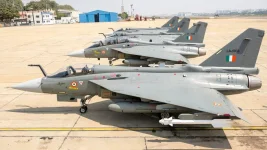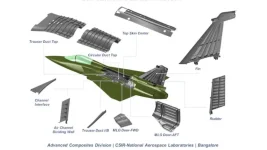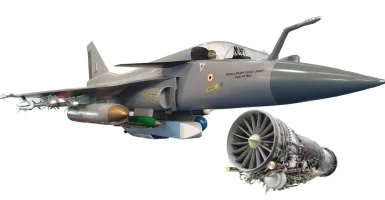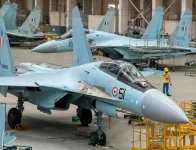- Views: 1K
- Replies: 12

Hindustan Aeronautics Limited (HAL) is revolutionizing its manufacturing process for the Light Utility Helicopter (LUH) to meet the growing demand from the Indian Army and Indian Air Force (IAF). This new approach aims to accelerate production and bolster India's domestic aerospace manufacturing sector.
The LUH, a 3-tonne class, new-generation helicopter, is designed to replace the aging Cheetah and Chetak helicopters. With the Indian armed forces requiring nearly 400 LUHs, HAL is optimizing its production to reach a potential peak capacity of 30 units per year at its Tumakuru facility.
HAL's strategy involves a shift from traditional in-house manufacturing to a decentralized model. This involves outsourcing the production of modular components to Indian suppliers and Micro, Small, and Medium Enterprises (MSMEs). These partners will manufacture individual modules, which will then be transported to HAL's Tumakuru facility for final assembly.
This collaborative approach offers several advantages:
- Increased Production Capacity: By focusing on final assembly, HAL can streamline its processes and potentially increase production rates to meet the urgent demand for LUHs.
- Boost to Domestic Aerospace Industry: Empowering Indian suppliers and MSMEs to participate in LUH production fosters a robust domestic aerospace ecosystem. This initiative aligns with India's "Make in India" initiative, promoting self-reliance in defence manufacturing.
- Cost and Time Efficiency: Leveraging the expertise and infrastructure of outsourcing partners can potentially reduce manufacturing costs and lead times.
- Enhanced Quality Control: While decentralizing component production, HAL retains control over the final assembly process, ensuring the quality and integrity of the finished helicopter.
This strategic shift in production not only addresses the immediate need for LUHs but also lays the foundation for a more resilient and self-reliant Indian aerospace industry. By involving a network of domestic suppliers, HAL is contributing to the growth and development of the sector, while ensuring the Indian armed forces receive a modern and capable helicopter to fulfill their operational requirements.




